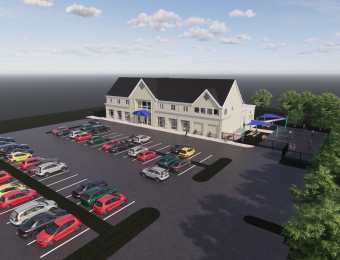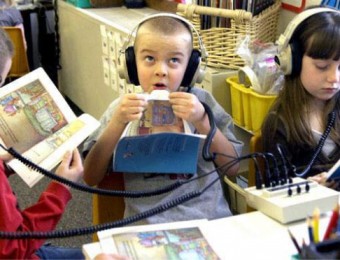Building for the Future: The Center for Adolescent and Adult Autism Services Take Shape
By Catherine Purple Cherry, AIA, CAS, LEED, Purposeful Architecture
When you raise a child with autism, you learn to live in the moment. You can’t think about the future, especially in the early years. You find yourself over-whelmed with just trying to figure out the day. An over time, you might look forward a bit. Before you worry what will happen when you’re gone. Literally.
Every mother or father raising a child worries about their future. When a child struggles, these worries can be even bigger, if not, simply huge. I remember my mother worrying about my brother with intellectual disabilities and his future without her. She worried about her other children too. And she worried that her other ….




